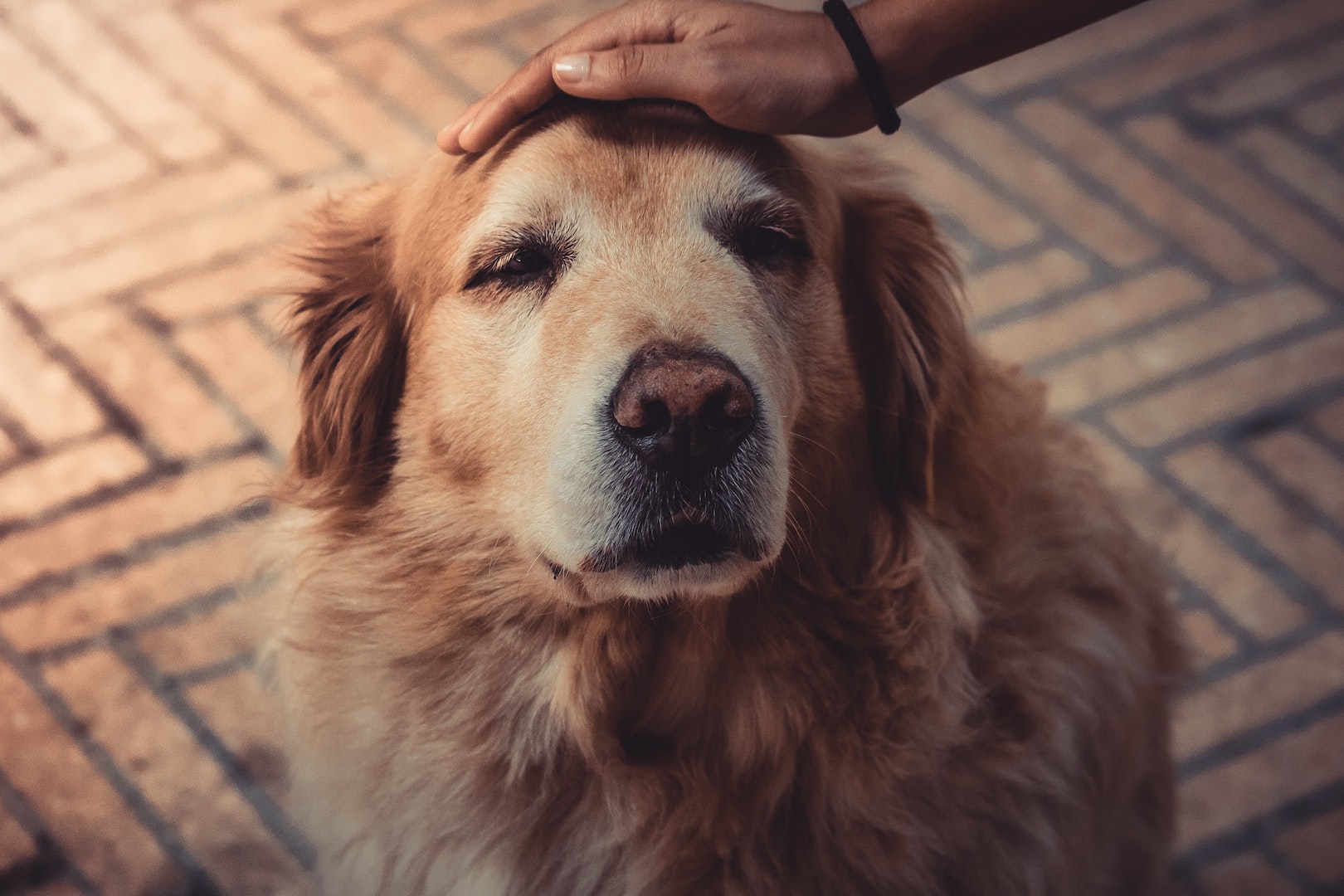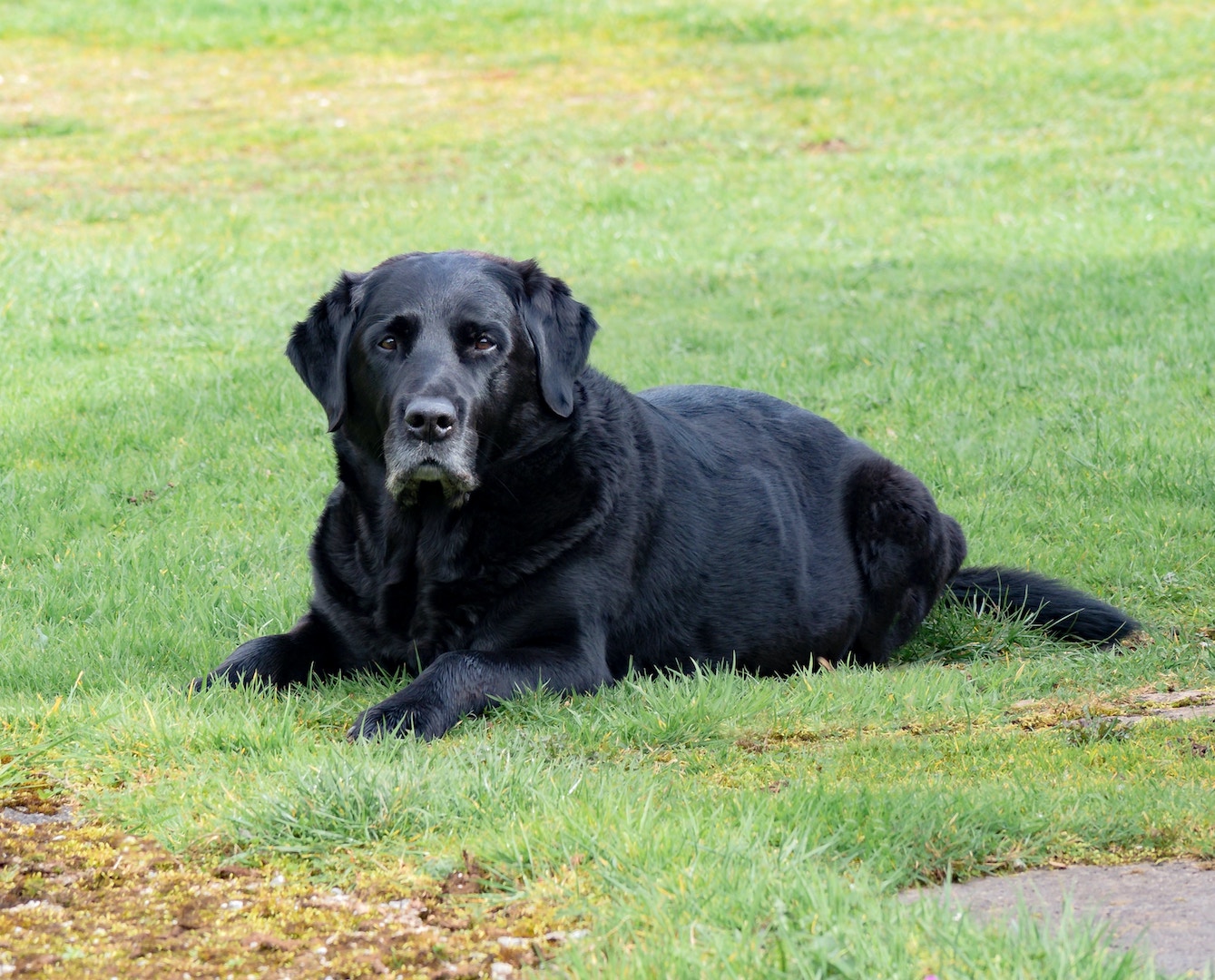Reimagining Traditional Playgrounds
Think back to a time when the world was new to you. In your childhood, every blade of grass was a mystery; every flower petal peaked your curiosity and the wind in the trees inspired you to choose your own adventures in nature. Maybe you raised butterflies, maybe you planted seeds, maybe you made a teepee and napped in the grass. These are opportunities that kids today don’t get as much as their parents did. Today, kids spend most of their time indoors in licensed child care programs or outdoors in urban playgrounds. Where is the grass? Where are the flowers and the wind in the trees for these children?
As the program director of Early Childhood Health Outdoors (ECHO), TEDxMileHigh speaker Sarah Konradi is trying to shake up traditional playground thinking by introducing communities to Nature Play at Home.
On August 4th, volunteers met at the Wild Plum Center for Children and Families. The common goal for this adventure? Setting kiddos off on a journey of interaction with nature.
Konradi’s talk discussed the big picture of connecting kids to nature every day. The Adventure took that concept a step further and explored ideas of how to design spaces that invite children to connect with the natural world in licensed care programs and in cities. Working with existing spaces such as the Wild Plum Center creates a growing space for generations.
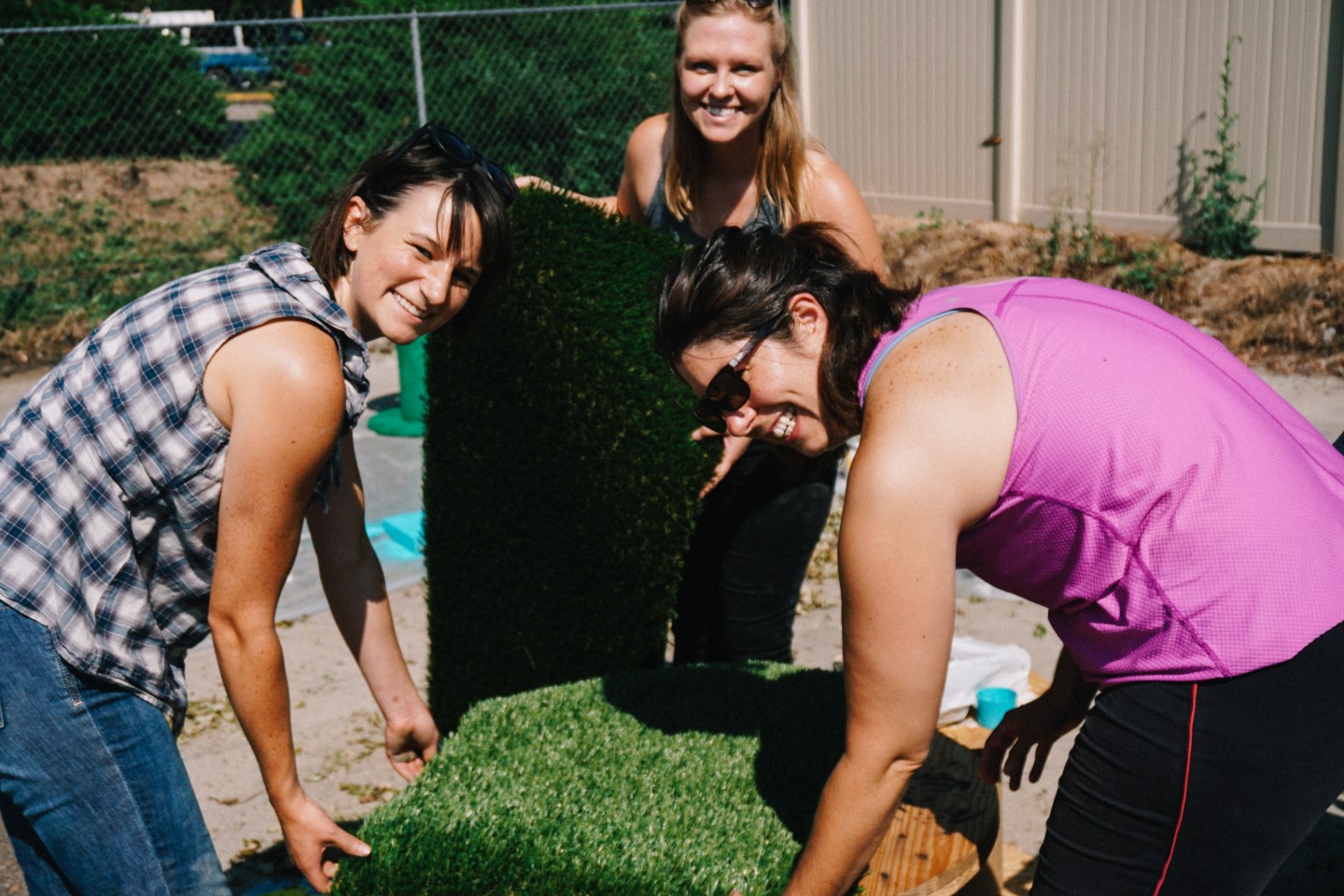
IT TAKES A VILLAGE
Fifty years ago, the Wild Plum Center started its first, small child care program. Its founders battled challenges like asbestos and flooding before their center could be opened. Now, Wild Plum’s program has extended to over 250 low-income families and a total of four centers.
ECHO is helping to redesign the Longmont location of the Wild Plum Center, giving kids of all ages the opportunity to experience the nature around them. Planning and executing sites like this can take 5-10 years and require an enormous amount of community and volunteer work to keep the projects low budget.
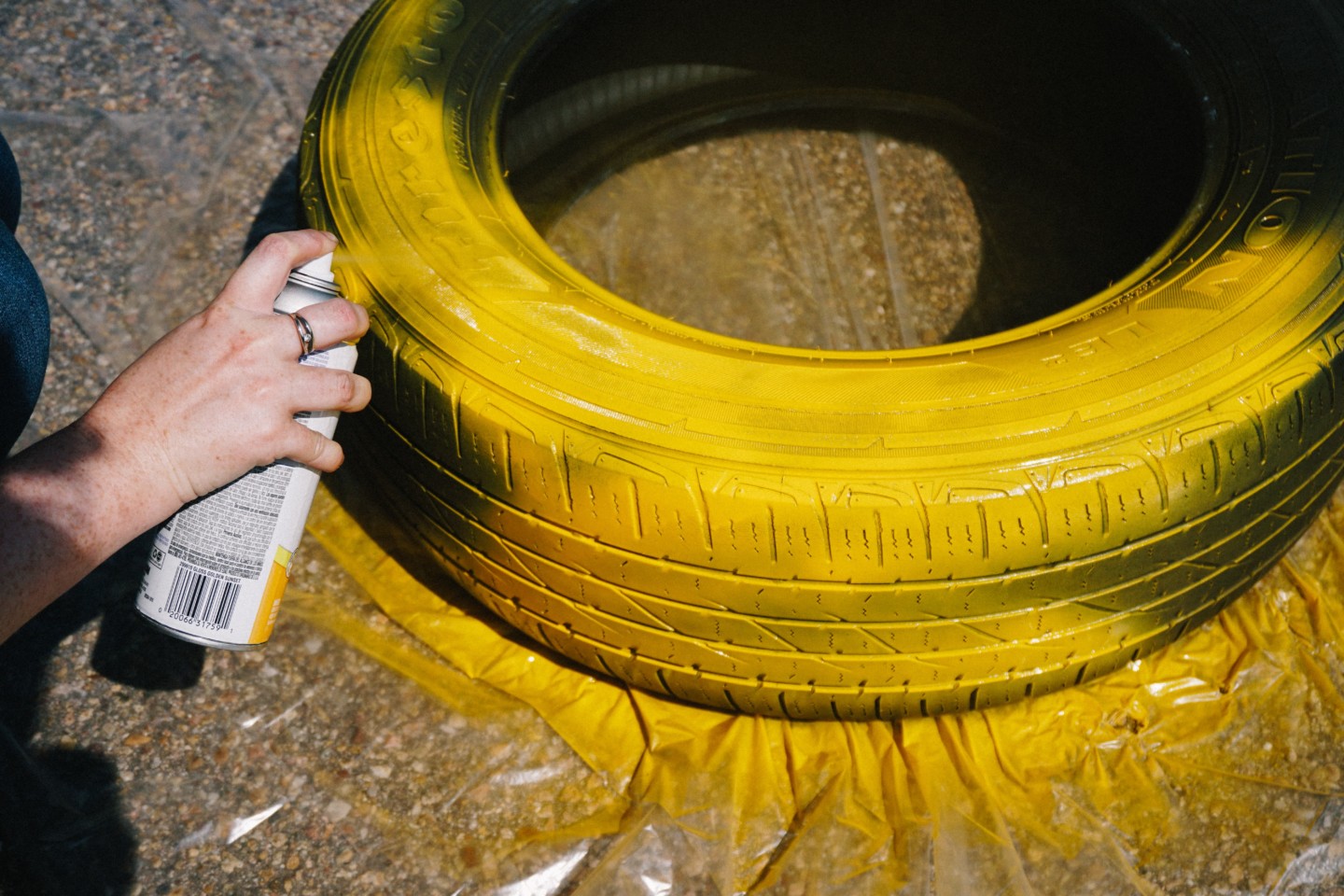
IMPLEMENTING CHANGE PIECE BY PIECE
For this adventure, volunteers got their hands dirty and learned new projects to take home to their families and communities. Some of these projects are small, but they can make a huge difference for the kiddos.
Adventurers began to transform Wild Plum’s playground and urban setting by repurposing old tires into planters. We started by washing them and making sure there were no metal objects in the tires. After the tires had dried, we painted them in brightly clad colors. Later, the little ones will fill the tires with soil and plant seeds in them. Imagine the joy on a child’s face as they see the first sprouts of the flower they planted.
Other adventurers built a teepee from leftover tree branches, or constructed planter boxes from wood. Ultimately, the work will benefit kids who use the play space on a daily basis. Bit by bit, the space will be transformed into an interactive learning experience. By interacting with this space, kids will have the opportunity to develop a range of skills from balance and observation, to building shelter and growing food. Projects like this will set the foundation for a child’s first nature experience.
BABY’S FIRST NATURE EXPERIENCE
Surprisingly, that first experience starts at infancy. Using colors, textures, sounds, and smells in playgrounds is the first step in engaging children and their families with nature. Throughout all stages of childhood, kids need nature. Interaction with nature makes happier, healthier kids and offers huge opportunity for growth.
“As children grow and develop, they need to confront new challenges at the edge of their known world that will constantly exercise newfound skills.”
WHAT ARE THE NEXT STEPS?
Think back to your first nature experience. What was special about it? Who would you be if you had missed that opportunity? Now consider ways to give today’s kids that experience. How can you reimagine the traditional playground?
“Every family has the opportunity to invite nature into their daily life.”
It’s as simple as taking inventory of what your playground and community already have and adding onto it. With some creativity and some exploration, we can bring the adventure of nature back to our kids and to ourselves. Konradi encouraged this Adventure’s volunteers to spend some time in nature or to take the time to plant something. Most importantly, she encouraged us to spread the message that regardless of the location, there are always chances for kids to interact with the natural world. It just takes a little imagination.
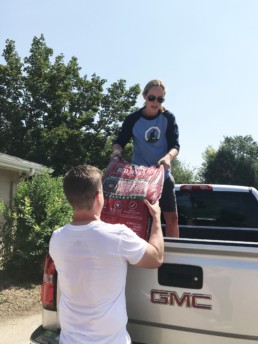
ONLINE RESOURCES
National Wildlife Federation: www.nwf.org
Natural Learning Initiative: www.naturalearning.org
